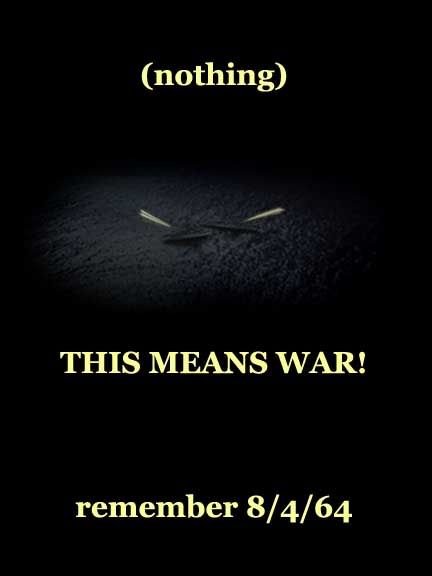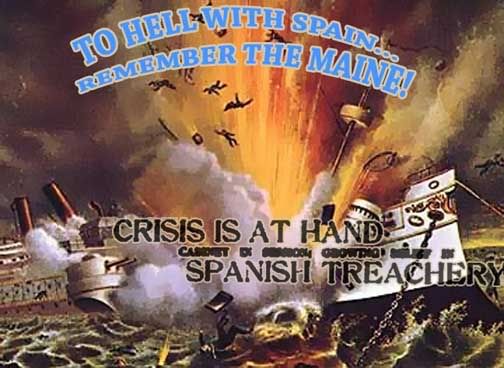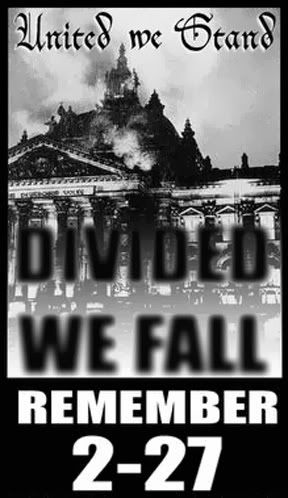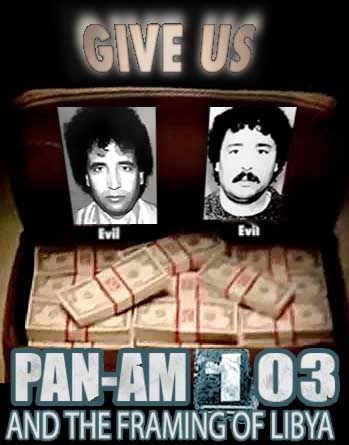Adam Larson / Caustic Logic
First Posted July 29 2009 Incident: Various acts of terrorism in Europe, 1947-1990.
Incident: Various acts of terrorism in Europe, 1947-1990.
Casualties: Uncertain but hundreds at least
Official explanation: Some Right-Wing extremists barely connected to NATO’s stay-behind armies and acting without authorization. Riiiiight… Due to the complexity of the topic, I’ve been reluctant to delve right into the “Operation Gladio” story, regarding NATO’s controversial stay-behind armies of the Cold War and their related groups and activities. The common name was but the active branch in Italy, the first revealed in mid-1990, due to intensive investigations stemming from a decade of deadly violence there. The picture at top is based on
the seal of Gladio; the original text means "in silence we defend freedom." My version says "Silently we subvert Democracy."
It was told how this secret army Gladio had been operating since the mid-1940s with counterparts in every European country west of the Iron curtain, with the exception of Ireland and Iceland. Other nations were alarmed and started investigating throughout the 1990s and beyond. Different names, dates, and arms cache locations surfaced, as did different strategies from the silently abandoned to verging on civil war, as in Italy. Old mysteries finally made sense, while key secrets were left still concealed in each nation.
The networks themselves were in little doubt then, and none now; establishing a stay-behind army, capable of resisting a Soviet occupation, had always been a precondition for NATO membership. What might seem prudent in the face of a possible thrust beyond the Iron Curtain, also created dangers; the sabotage, infiltration, and assassination skills they learned could either go to waste waiting for a day that never came, or they could be employed, as they were, to create a “strategy of tension.” Under this concept, mysterious acts of violence were blamed on the Left’s radicals, but were carried out by Right-wingers using the hidden stay-behind arsenals and protected by state apparatus and the CIA to escape and strike again. Dropped charges over unsolved attacks came down like steady like the pitter-patter of rain drops during the Cold War decades.

The suspicious pattern led many to conclude, well prior to 1990, that larger forces behind these terrorists manipulating the political process – sneaking behind the democratic governments of Europe. The stance professed by insiders has been innocence and/or ignorance – the armies were meant to remain inactive until the doomsday invasion, and most did, but if not, then the zealots in the network got carried away. The violence was never the plan, but just happened - and was exploited in its effects, covered-up, at least tacitly encouraged, and continued widely almost until the 1990 revelations.
In 2005 Swiss researcher Dr. Daniele Ganser released a deeply-researched book on the subject
NATO’s Secret Armies outlining the patterns of allegation, evidence, and mystery. Dr. John Prados of the American National Security Archive, who had tried unsuccessfully to get related files from the CIA, wrote the foreword. Undermining the ignorance construct, Prados noted:
“[N]etworks created to be quiescent became activists in political causes as a rule and not an exception [...] At a minimum Dr Ganser's record shows that capabilities created for straightforward purposes as part of the Cold War ultimately turned to more sinister ends,” leaving him wondering if it were “the United States itself, Britain, France, Italy, and others who should be on the list of state sponsors” of international terrorism.
My normal M.O so far has been to focus on a narrow event and study detailed evidence to narrow down the options that make most sense. In this case the mind boggles at how wide the roster of evidence would be – sixteen nations, four-and-a-half decades, lots of remaining secrets and uncertainties, the relative inaccessibility of primary sources… no way can I cover the whole subject in adequate depth – I will simply try to cover some general patterns and examine a few key periods/events/concepts, in hopes of shedding some new light on something.
THE POST(S) > Forty-Three Years of Deceit: A detailed "general rundown" of the mysterious events attributed to the sneak-behinds.
(a few are coming)













